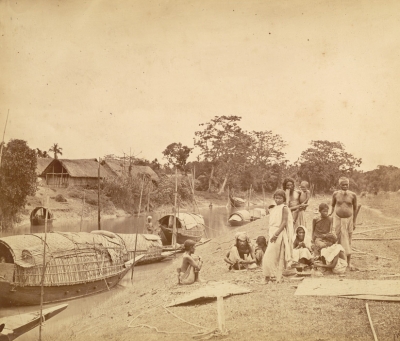
Zamindars belonged to the upper class, and during the Mughal rule, they were the ones to collect tax from the people. They also owned parcels of land. However, when the East India Company/ the British took over the country, they debated about how to collect land tax. Having realised by then that the zamindars were powerful people, they introduced the zamindari system. Under this system, introduced by Lord Cornwallis in 1793 through Permanent Settlement, the British declared zamindars land owners, giving them complete rights over the land. The British had hoped that this would give them the support of the zamindars, which would make it easier for them to rule the country. And they were not wrong. As it is the peasants were paying tax for the land they cultivated. Till then, they also could occupy the land they cultivated. But this move by the British gave zamindars more power while pushing the peasants to a corner, making them tenants in the very land they’ve been cultivating all along. The revenue for the land was fixed by the British, and the zamindars were expected to pay the tax at a fixed date every year. Many zamindars are also said to have taken a share of the crops, and collected more amount as tax than what was due from the peasants. Many peasants were forced to borrow money (sometimes from the zamindars themselves). They were indebted for generations or evicted from the land while the zamindars managed to fill their coffers despite paying the tax amount to the British. This system of taxing the economically weak worked for the British while it also exposed the tacit support that many zamindars gave them.
Did you know?
The zamindari system was particularly predominant in Bengal and what is today Bihar, Odisha, Uttar Pradesh, Madhya Pradesh, and Andhra Pradesh. As their plight became more and more difficult, the peasants decided to protest against both the zamindars and the taxes levied by the British. Such protests happened in several places, including Bardoli in Gujarat, and the Awadh region of present-day Uttar Pradesh. Many of these had the support of parties such as the Congress and the Communist Party. Among such protests, the Telangana Movement is said to have been one of the most powerful, paving the way for land reforms.
Picture Credit : Google




